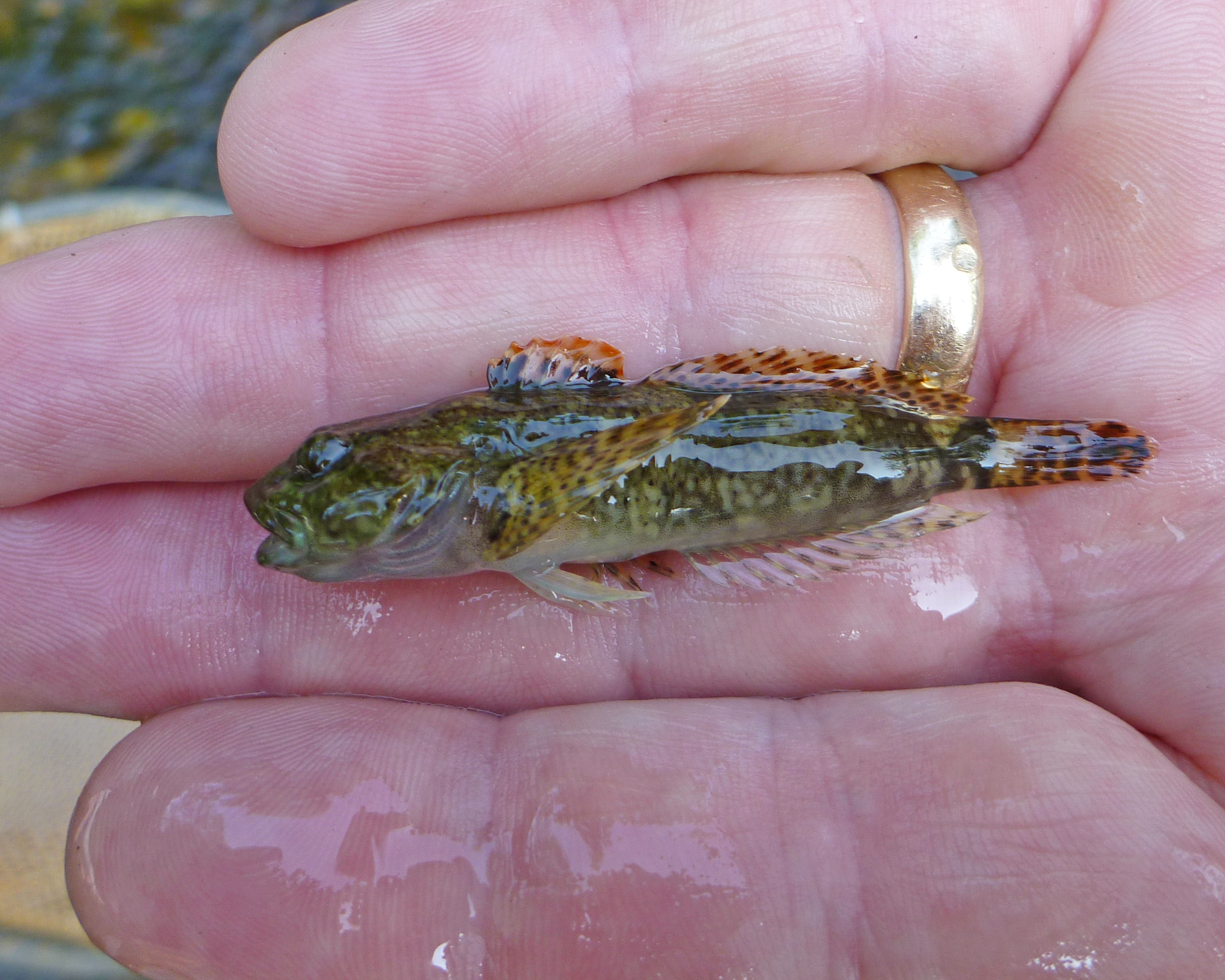Fish Parasite Absent in Maryland Trout Samples
Natural Resources Surveys Western Maryland Streams
The Maryland Department of Natural Resources recently joined the U.S. Geological Survey and National Park Service in a survey of Hunting Creek and Owens Creek in Frederick County to follow up on the 2015 discovery of Dermocystidium, a single-celled parasite effecting Blue Ridge sculpin fish, in Blue Blazes Creek near Thurmont.
The joint federal/state team found no signs of the parasite in samples of trout in the two Maryland streams.
“The identification of this parasite is of serious concern due to the potential impact on our state’s trout population,” Fisheries Service Director David Blazer said. “We are cautiously pleased that we found no signs of the cyst-causing parasite in trout samples within Catoctin Mountain National Park and Cunningham Falls State Park.”
The 2015 discovery of Dermocystidium in Maryland is the first discovery of a parasite in the Eastern United States similar to the species found in Pacific salmon and trout. Blue Ridge sculpin are small fish prevalent in cold, rocky, freshwater streams, which also serve as prime trout habitat.
Maryland and federal fisheries biologists will continue to monitor and track the distribution of the parasite and will remain vigilant in sampling western Maryland fish for any indication of infection. There is currently no evidence of potential human health risk associated with Dermocystidium.

